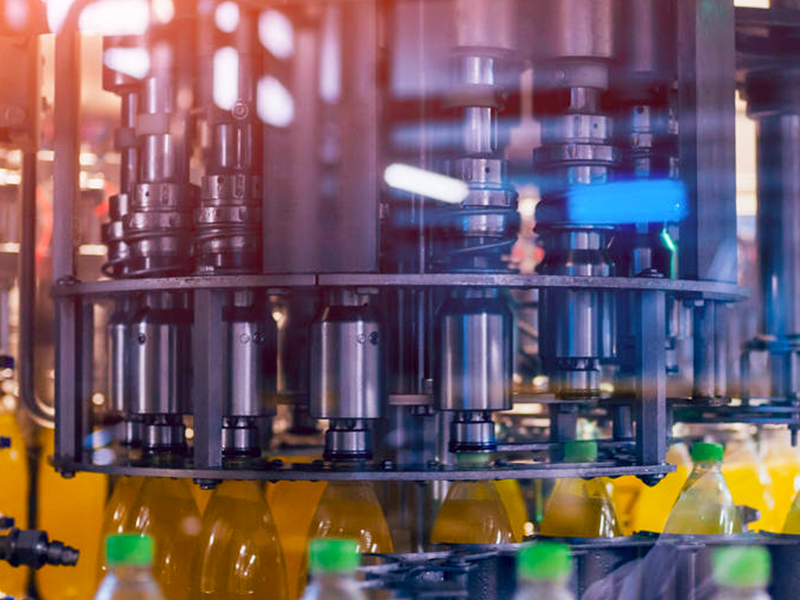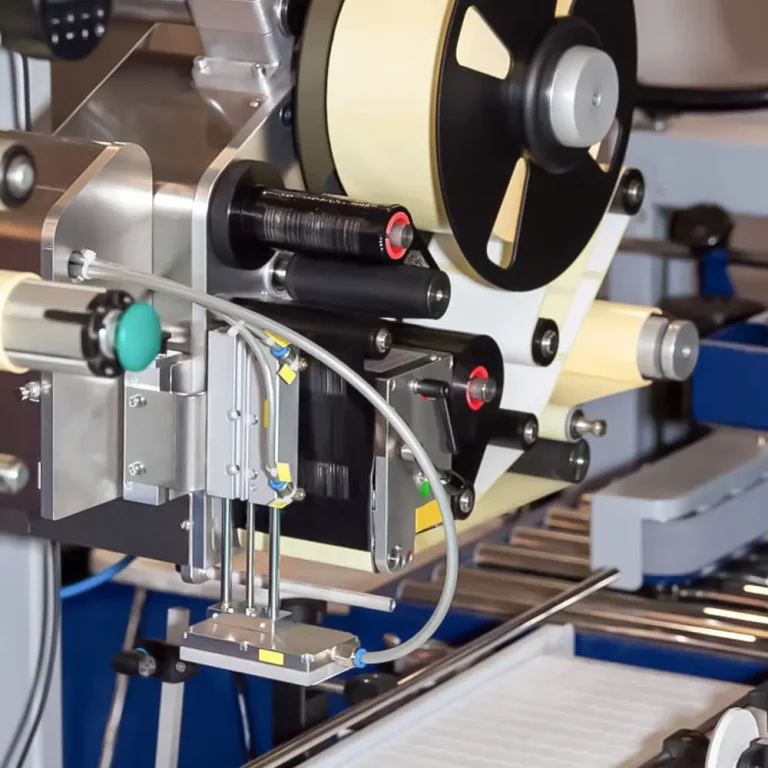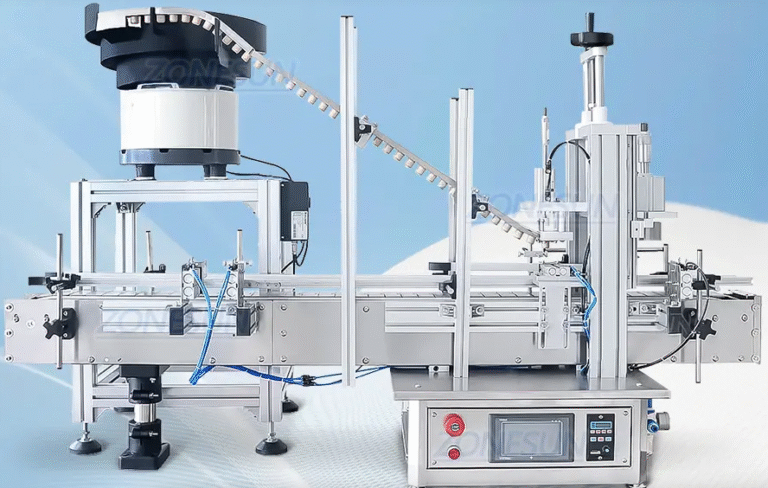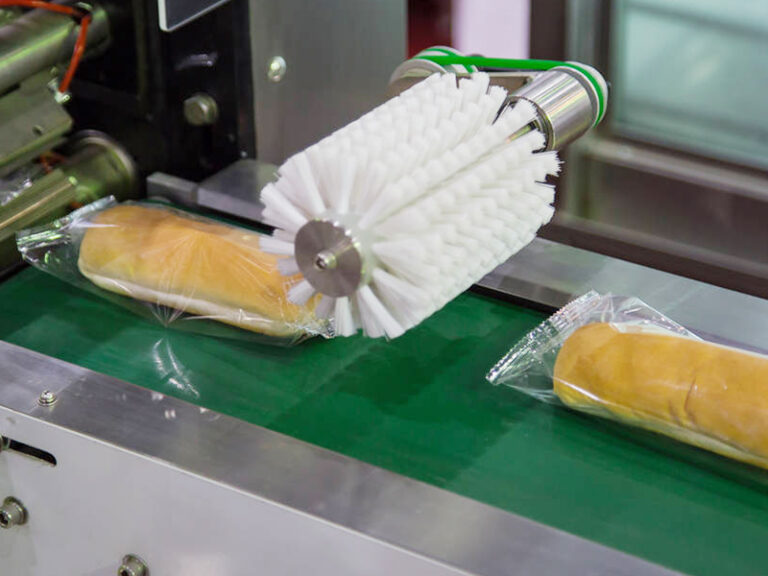Liquid machines are essential among sectors that require accuracy when working with liquids. Food and beverages and pharmaceuticals are some of the industries that rely on these machines to handle, bottle, and distribute liquids of different thicknesses. However, how do they operate, and how can you pick the best one for your requirements? This article covers the types, applications, and operation of liquid filling machines to help you understand more about these machines.
What Are Liquid Machines?
Liquid machines are advanced types of equipment made to handle and package liquids. They automate the labeling, filling, and sealing procedures, ensuring accuracy and consistency. Liquid filling machines are frequently used in industrial and commercial settings reducing waste and errors while improving the efficiency of industrial processes.
Types of Liquid Machines
When selecting a liquid machine, it’s important to know its different types and applications. The most popular categories are as follows:
 Automatic Filling Machines for Liquids
Automatic Filling Machines for Liquids
These machines are designed for high-volume operations and are built to perform repetitive tasks accurately. Among the essential features are multi-nozzle systems, adjustable filling speeds, and compatibility with various container sizes.
Semi-Automatic Liquid Filling Machines
These offer a nice balance of automatic and manual control, making them ideal for small and medium-sized businesses. Its advantages include affordability, usability, and compatibility with specialized products.
Rotary Liquid Filling Machines
Rotary machines can fill and cap or seal different containers simultaneously, including bottles, jars, pouches, and cups. The filling, plugging, and capping structures are integrated into one machine. Therefore, rotary liquid filling machines always come with a compact design.
Piston Filling Machines
Piston-filling machines are ideal for handling viscous liquids such as shampoos, sauces, and creams. Their piston system ensures that viscous liquids are dispensed precisely.
Understanding the Operation Process
There are multiple steps involved in a liquid filling machine’s operation:
Preparation: Containers are positioned for filling on the conveyor system.
Filling: Precise amounts of liquid are dispensed into the containers using nozzles.
Sealing: Containers are sealed after filling, to preserve the integrity of the product.
Labeling and Quality Check: Consistency is checked and labels are applied to containers.
Modern liquid machines have programmable controls that allow for customization of filling speeds, quantities, and other parameters, ensuring efficiency for a variety of applications.
ZONESUN Product Recommendations
Automatic High-Speed Liquid Filling Machine
Fill up to 500 containers in a minute.
They handle liquids with varying thicknesses with nozzles that may be adjusted.
They have an advanced control panel for precise adjustments.
Piston-Based Liquid Filler
They are ideal for thick liquids like creams and sauces.
They have adjustable dispensing parameters for different container sizes.
The sturdy stainless-steel construction ensures the machines are durable.
Conclusion
The kind of liquids you operate with, the size of your operations, and your production needs will all determine what kind of liquid machines you need. At ZONESUN, our team can help you choose the right equipment for your business. Whether managing a small business or an industrial production facility, liquid machines are important tools that boost output and produce remarkable outcomes.



